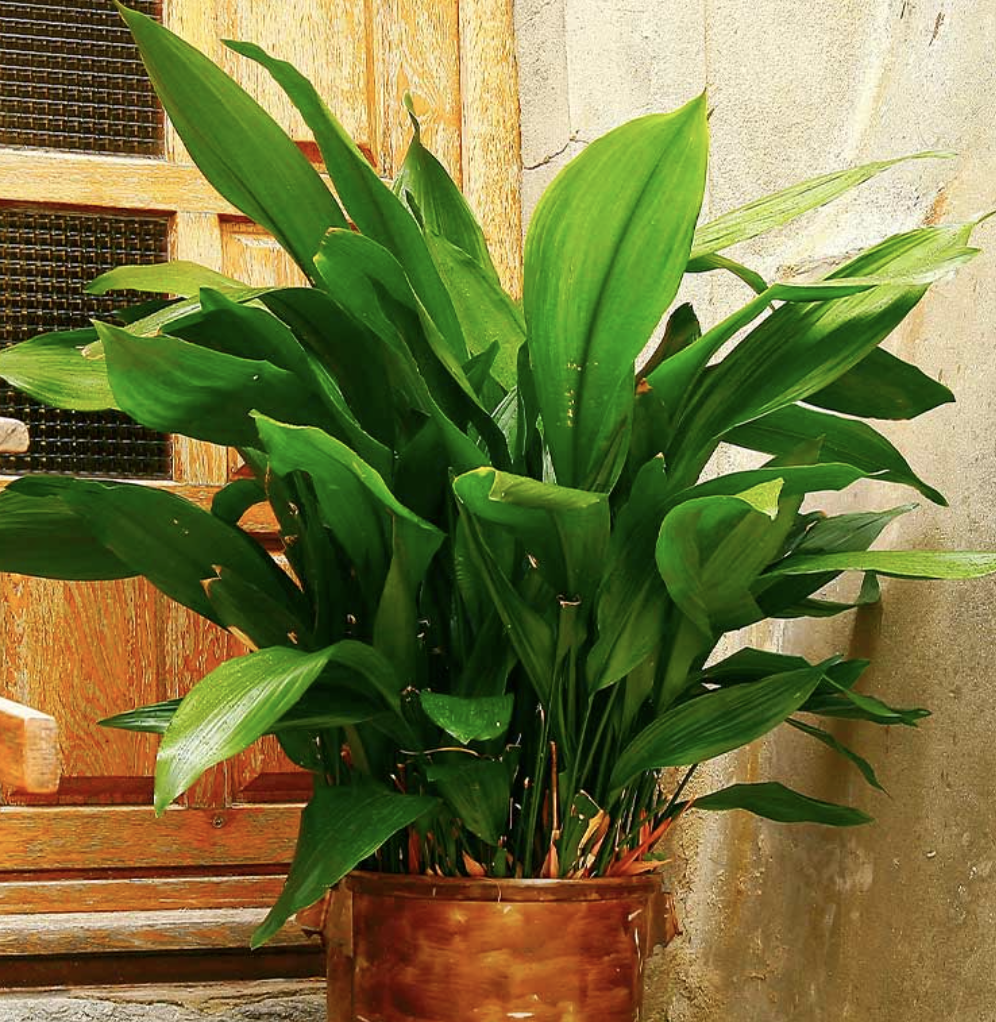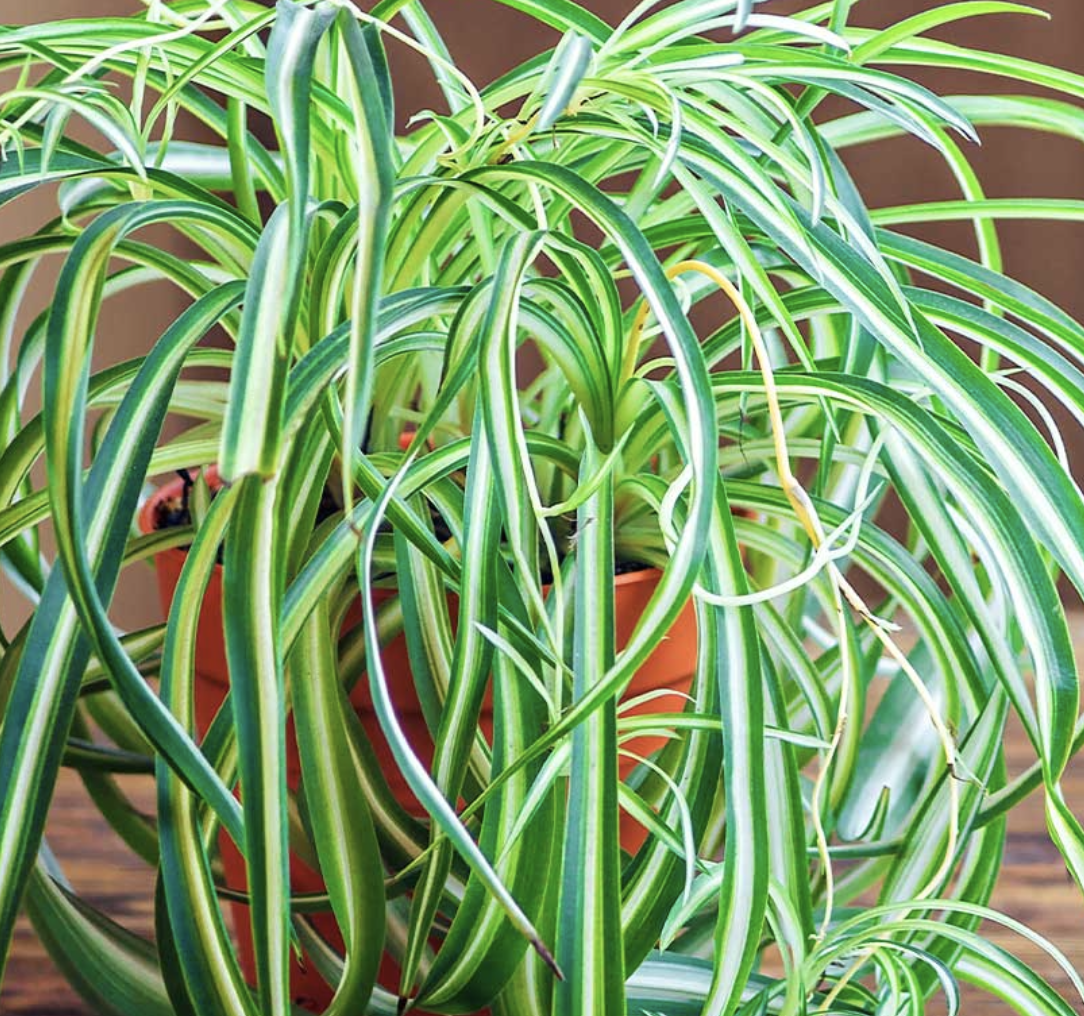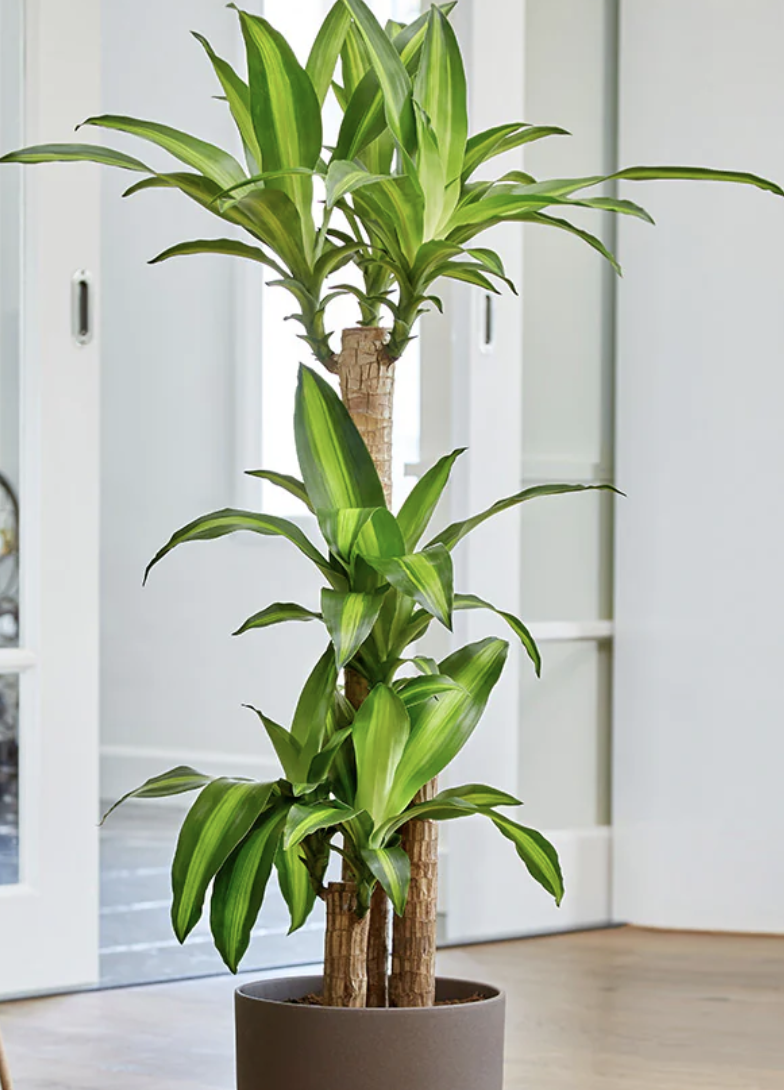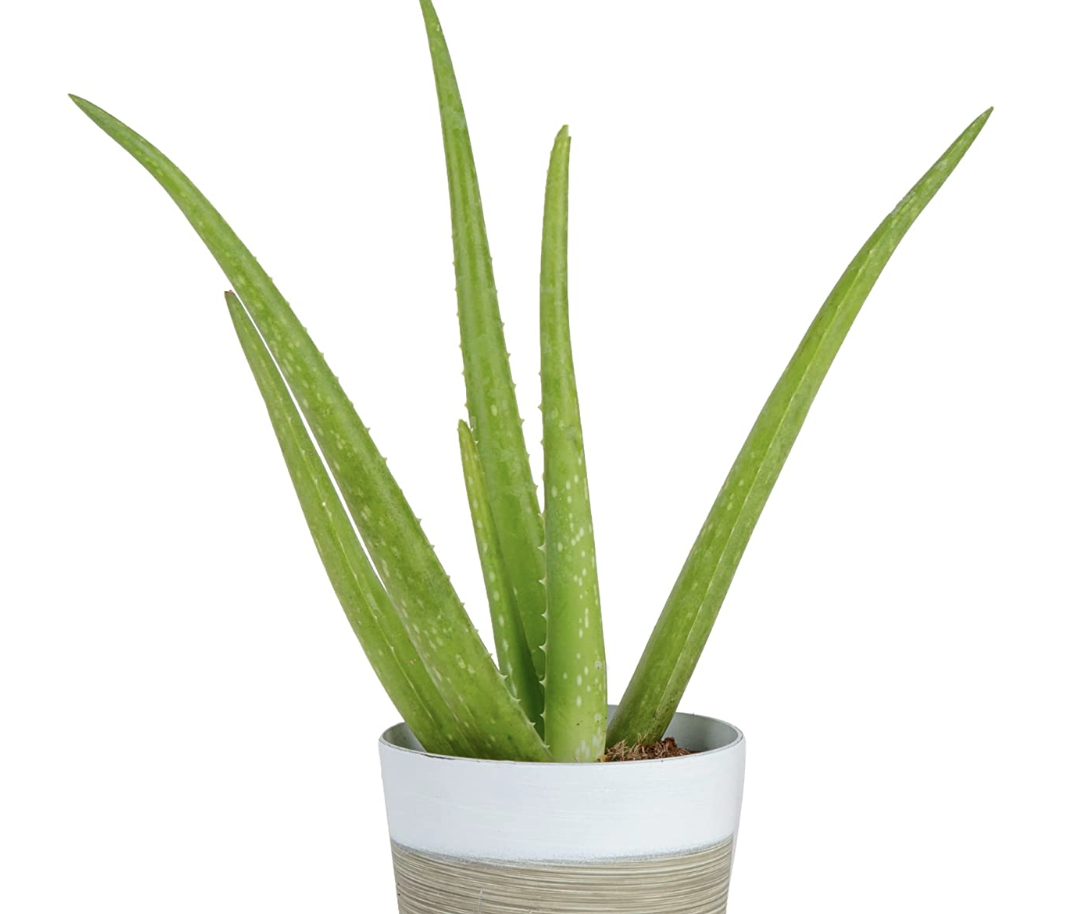5 houseplants even you can't kill - these hardy species can survive even the least green thumbs and still look good
If you're time-pressed, just starting out or simply forgetful, choose these hardy houseplants for an easy indoor garden that even the least skilled can keep alive

Growing an indoor garden is rewarding, however, houseplants require care and commitment. There are few amongst us, who haven't inadvertently sent a once perky plant back to the earth.
Whether it's soggy soil or a parched plant; scorched leaves or too much shade? Discovering the answers to these questions is part of plant parenthood and good indoor garden management. Each species differs in its requirements and we learn as we go. Sometimes to the plant's detriment.
'Houseplants ask for so little but add so much life to a home,' says Lisa Eldred Steinkopf, the houseplant guru and author of Houseplants from Cool Springs Press. 'One easy plant can take less than five minutes a week to care for, and the benefits it brings will lead to the desire for more greenery in your life.'
If you're still honing a green thumb, or like the idea of an easy indoor garden, there are a handful of low-maintenance plants, that even you can't kill. The survivors of the plant world, these species are able to adapt easily to different conditions. Forgiving our forgetfulness, or lapses in care, by continuing to flourish. These are our hardy horticultural heroes.
5 plants even you can't kill
'Killing a plant or two isn't a crime and can be a good learning experience,' says Lisa. 'Don't be discouraged, growing plants is easy if you have the time and pay attention to their specific needs.'
1. Cast iron plant (Aspidistra elatior)
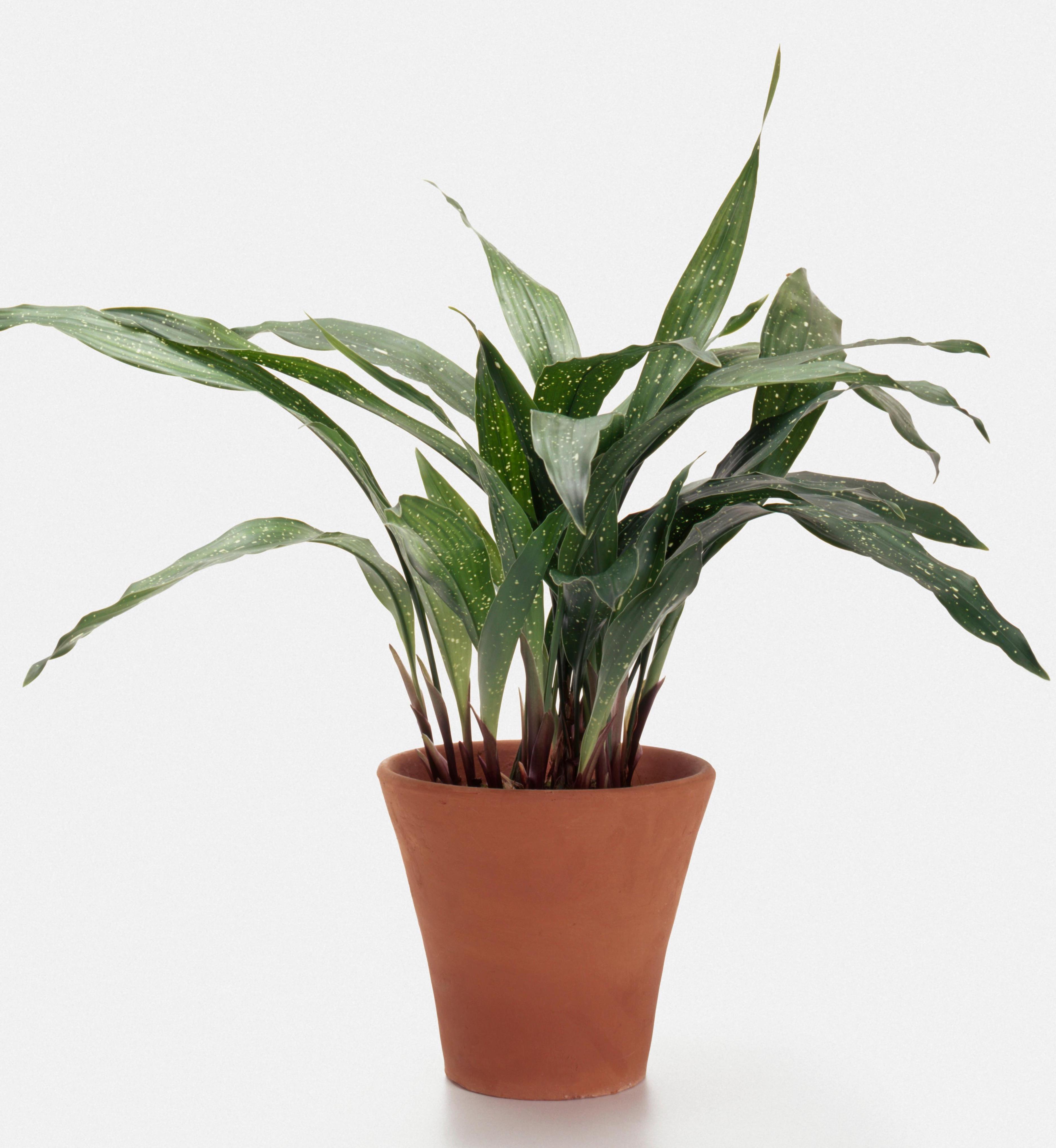
Any plant that has earned the nickname, the 'cast iron plant' belongs on an indestructible list. The Aspidistra's toughness is legendary and goes back a couple of centuries - it's now one of the best low-maintenance plants for indoor gardening.
Poplar in England in Victorian times, the Aspidistra's hardy status was sealed when it gracefully withstood the gloomy, fume-y conditions of even the smartest nineteenth century home, with their coal fires, cold draughts and gas lamps.
'The Cast Iron Plant (Aspidistra elatior) is incredibly resilient and can tolerate low light, neglect, and fluctuating temperatures,' says Nick Sandford, founder, Leaf & Clay. 'Its ability to thrive in adverse conditions has earned it the nickname 'cast iron plant.'
That said, like any other plant, the Aspidistra will fair better with some love and care. So just because it can handle neglect, we don't recommend it. Although it can tolerate low light conditions, aspidistra would prefer bright, indirect light.
Another reason for its tough reputation, is this plant can handle under-watering, so it's forgiving if you forget. It's actually more likely to suffer from over zealous plant parents who water it too much. However, the aspidistra will appreciate its leaves being wiped of dust now and again.
'The Aspidistra is know for its tolerance to drying out, but would prefer its soil to be evenly moist,' says Lisa. 'The less light it has, the less water it will need.'
2. The spider plant (chlorophytum comosum)
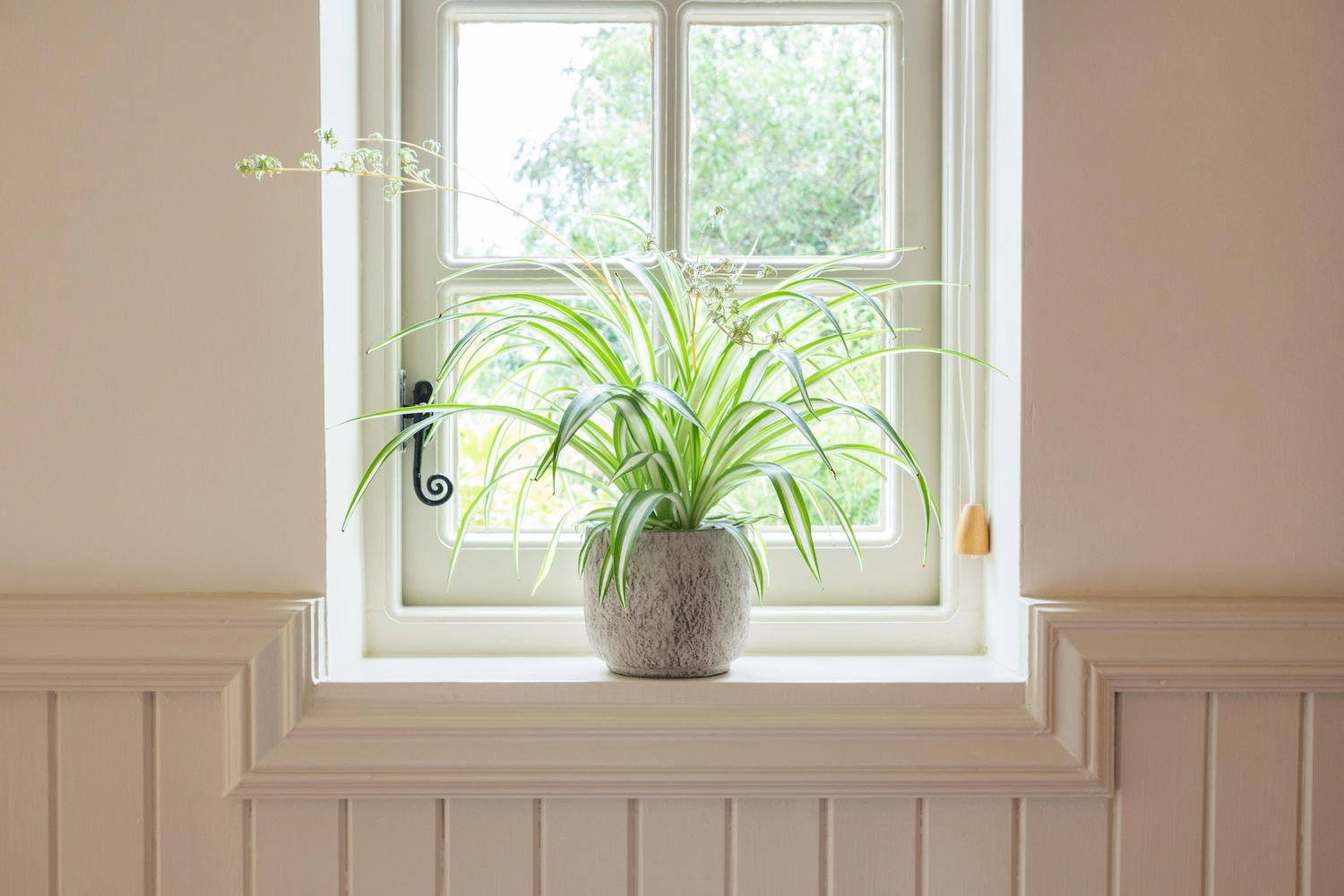
Easy to grow and hard to kill, the spider plant is a great houseplant for beginners or busy people. It's also easy to propagate and grow more plants to give them as gifts. As without much attention, it soon spawns 'pups' on the end of its stems. And it's one of the best indoor hanging plants.
'The Spider Plant (Chlorophytum comosum) is known for its ability to adapt to different environments,' says Nick at Leaf & Clay. 'It can tolerate varying light conditions, including low light, and is relatively forgiving when it comes to watering.'
'The solid green version of this plant could take low light but the variegated versions prefer a medium to bright light,' says Lisa. 'Ideally, spider plants like to be kept evenly moist.'
3. Corn plant (Dracaena fragrans)
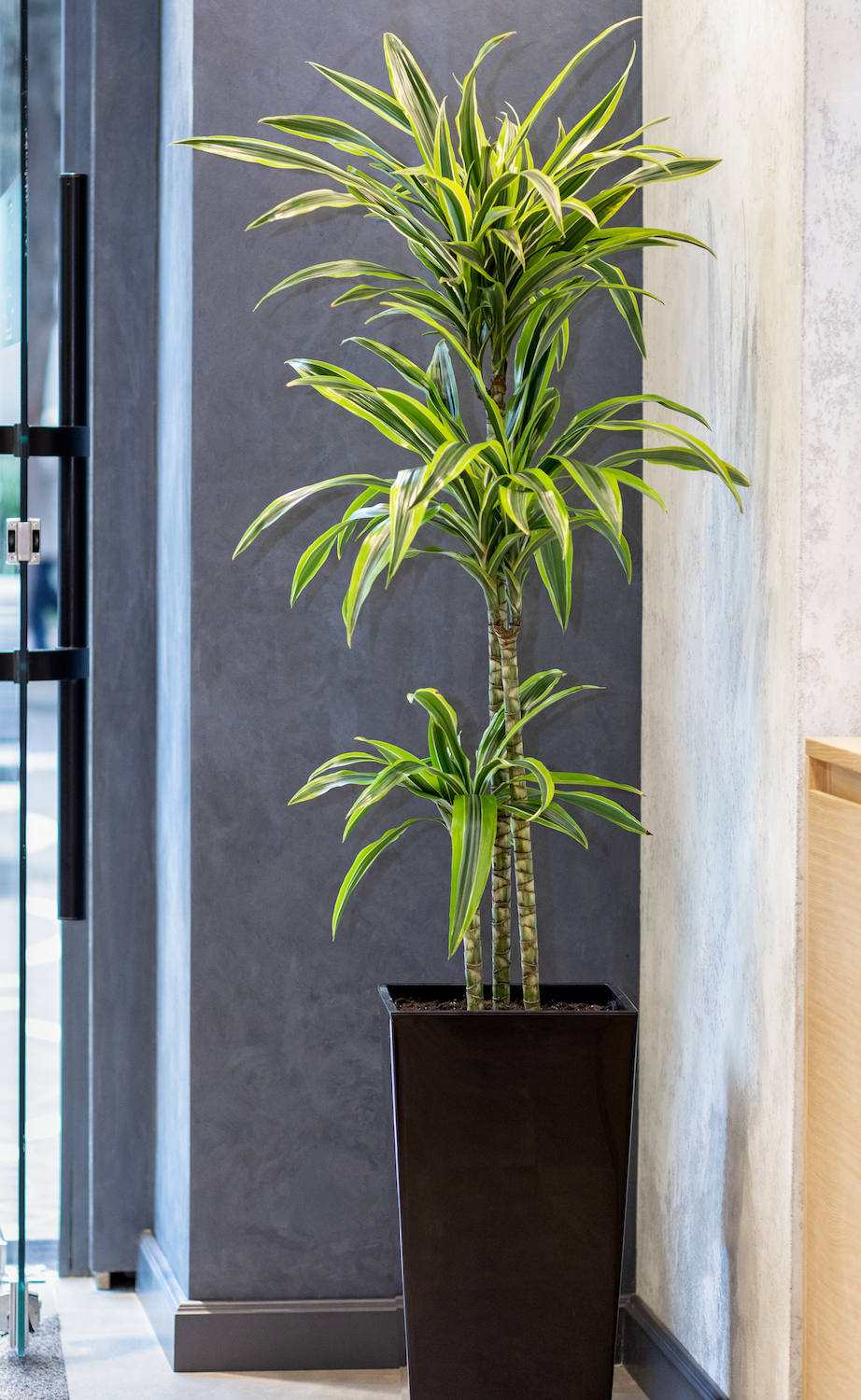
There's a reason, corn plants often show up in offices and commercial settings. It's because they are simple to care for and hard to kill. Although these hardy heroes are tolerant of low light and able to survive neglect, it's not a recommendation.
One of the best trees to grow in pots, this plant can make a spectacular display with its fountains of foliage, if given a little love and attention. It could even grow up to six foot tall.
'This plant is tolerant of low light but would prefer a medium to bright light, although not full sun,' says Lisa. 'Water it evenly over the entire potting medium, to avoid rotting the canes. Keep the long leaves dusted and clean, for a more attractive, healthy specimen.'
4. Aloe vera (Aloe barbadensis syn.)

This medicinal marvel is not only renowned for soothing sunburn and other ailments, it's super easy to grow too. Like many succulents, aloe vera is accustomed to drought conditions, so doesn't require a lot of water.
Watering every two to three weeks should be sufficient. Ideal if you're a busy plant parent, prone to forgetting the weekly soak some other plants need.
It does like bright light and room temperatures of around 50-80F degrees though. So if it's in the right spot and you remember to water it now and then, it will survive without much attention.
To benefit from its healing properties, break off one of its outer stems, and peel the skin, to access the gel inside. This can be applied straight onto your skin to soothe sunburn or dry patches.
'If you have a place on a south or west windowsill, aloe vera will grow well,' says Lisa. 'Make sure your aloe plant is in a fast-draining porous potting medium and never leave it standing in water.
'Aloes send out large numbers of "babies" or offsets at the base of the parent plant. These can be easily separated from the mother plant and potted up separately.'
5. Weeping fig (Ficus benjamina)
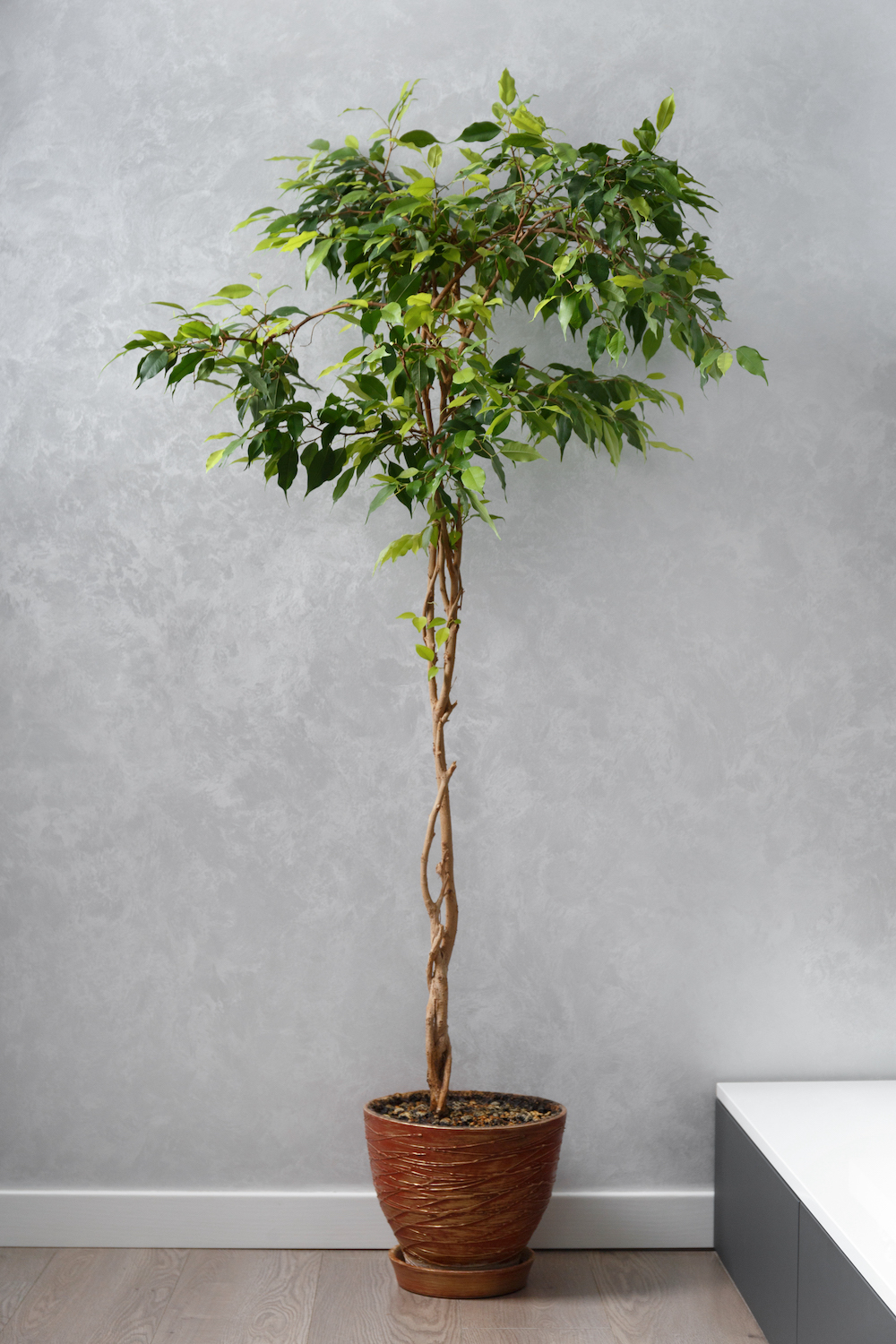
This beauty is a great plant if you're starting an indoor zen garden. The weeping fig expects little care and provides a lot, in the way of greenery. If kept well, this fast-growing tree can reach from two to ten feet indoors.
'This plant has small leaves, so even though it's a tree, it provides a softer look instead of an architectural statement,' says Lisa. 'Find one with a braided stem for added interest.
'Although, weeping fig can live in low-light conditions, it will be better and grow fuller in a bright light, even full sun. Changes in growing situations will cause it to drop leaves. Drying out and overwatering will trigger this, so try to keep it evenly moist.'
Be The First To Know
The Livingetc newsletters are your inside source for what’s shaping interiors now - and what’s next. Discover trend forecasts, smart style ideas, and curated shopping inspiration that brings design to life. Subscribe today and stay ahead of the curve.
Jacky Parker is a London-based freelance journalist and content creator, specialising in interiors, travel and food. From buying guides and real home case studies to shopping and news pages, she produces a wide range of features for national magazines and SEO content for websites
A long-time contributor to Livingetc, as a member of the team, she regularly reports on the latest trends, speaking to experts and discovering the latest tips. Jacky has also written for other publications such as Homes and Gardens, Ideal Home, Red, Grand Designs, Sunday Times Style and AD, Country Homes and Interiors and ELLE Decoration.
-
 Turns Out the Coolest New Café is Actually In Your Kitchen — Here's How to Steal the Style of TikTok's Latest Trend
Turns Out the Coolest New Café is Actually In Your Kitchen — Here's How to Steal the Style of TikTok's Latest TrendGoodbye, over-priced lattes. Hello, home-brewed coffee with friends. TikTok's 'Home Cafe' trend brings stylish cafe culture into the comfort of your own home
By Devin Toolen Published
-
 5 Bathroom Layouts That Look Dated in 2025 — Plus the Alternatives Designers Use Instead for a More Contemporary Space
5 Bathroom Layouts That Look Dated in 2025 — Plus the Alternatives Designers Use Instead for a More Contemporary SpaceFor a bathroom that feels in line with the times, avoid these layouts and be more intentional with the placement and positioning of your features and fixtures
By Lilith Hudson Published
